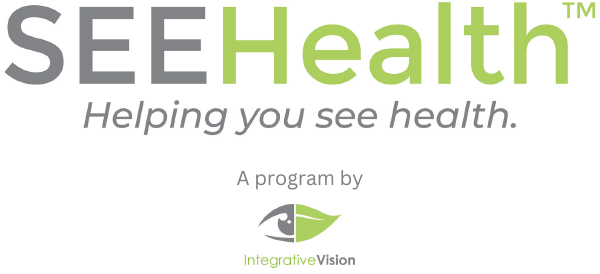Headaches, eyestrain, blurred vision, eye irritation, diplopia, dry eyes, squinting, neck/shoulder/back pain. These are just some of the symptoms that patients endure with excess digital use.
Welcome Zoom, homeschooling, home workouts, work schedules, and the constant news feeds. Globally, digital device usage has skyrocketed in a very short amount of time. As much as we try to minimize this overuse, this may prove to be very difficult for most especially while practicing safe social distancing.
Where can we implement changes to better withstand the excess strain that we have added into our digital daily lives?
1-ALIGNMENT
Laptops allow you to work freely, but ergonomics become more difficult.
The danger of eyestrain, as well as neck and shoulder symptoms can be actually higher than with desktop computers because of poor positioning. So, think about employing an external monitor if possible or stand and external mouse and keyboard.

Ideally, your eyes should be approximately at the level of the top of the screen, elbows should be at 90 degrees, and your wrists should be straight. Feet should be flat on the floor knees at 90 degrees, with the back against a chair.
Poor posture can actually restrict lung capacity as well, poor breathing habits reduce available oxygen that in turn adds stress to the body. Nasal breathing enhances oxygen to tissue compared to mouth breathing. Nose breathing actually increases nitric oxide release allowing more oxygen. Ultimately, a poor posture leads to unnecessary fatigue.
2 — USAGE TIPS
Start practicing the 20/20/20 Rule: Look away from your computer every 20 minutes, focus at a distant object at least 20 feet away, for at least 20 seconds.
Take a brief 2-minute break every 30-60 minutes to stretch and do eye exercises. Dr. Gioia adds important blinking exercises during the 20 second break as well.
Other tips include using helpful apps to implement meditation breaks such as Headspace, Calm, and Mindfulness.

All nonessential notifications should be discontinued and a digital free area of the house is advised. Setup a tech free day or half day, almost like a cleanse and avoid using digital phones as an alarm if possible.
3 — BLUE LIGHT REDUCTION
Lighting is important with digital devices so avoid using computers, phones, and other digital devices, in a dark room. When the pupils are dilated it allows more blue light from electronic devices to reach the retina, especially in children. Try to match the brightness of surroundings to that of screen. Blue light controls our sleep/wake cycle by sensing cells in the retina that control melatonin production in the pineal gland. Melatonin production occurs in the ABSENCE of blue light, so reducing electronic usage ideally 2-4 hours before bedtime is important as well. Blue light reducing spectacles and screens can actually reduce this transmission, and different manufacturers have various percentages of blockage, so one should ask the manufacturer or a qualified provider.
And most importantly, we need natural sunlight in the daytime for this rhythm as well!
4 — EYE EXERCISES
- Gently massage your upper and lower lids, a couple of times a day while in a warm shower. A warm compress mask over the eyelids for just a few minutes a day can help with dryness.
- Yoga poses; Fish Pose, Matsyana can help with stretching.
- One meditation technique Trataka is directed for the eyes specifically.
- Palming exercises can decrease stress in the periorbital region. Figure eights helps increase pliability of the eye muscles.
- The Hot Dog can help with the focusing muscle.
- Scanning helps mimic our outdoor natural gaze.
- Pencil pushups help with crossing our eyes.
5 — NUTRITION/SUPPLEMENTS/EYE DROPS
The average U.S. diet only contains 1.3-3 mg of lutein, which is an important carotenoid for light absorption in the eye, in addition to zeaxanthin. These are found mostly in dark, leafy vegetables including, collard greens, kale, turnip greens, spinach, bell peppers, and even egg yolks.There are also excellent supplements that include these powerful carotenoids helping protect the retina from blue light, sun damage, and overall, help protect vision. Remember it is also helpful to take the supplements with food for absorption reasons; Lutein 6mg-20 mg with Zeaxanthin 2mg-12 mg.
An added humidifier in the winter helps keep the eyes less dry and avoid fans directly pointed at the face. Lastly don’t use eye drops that promote reducing the “redness”. This may actually make dryness worse and affect circulation of the eye. Instead, use preservative free, natural tears two to four times a day, or as needed.
Ultimately one must implement coping skills to the extent possible to minimize the added stressors in this new lifestyle.



